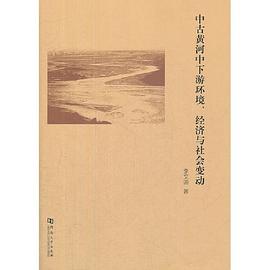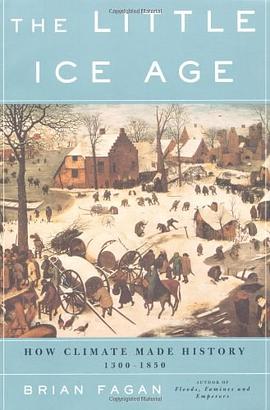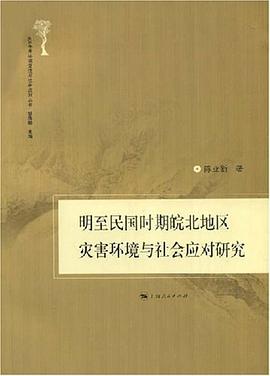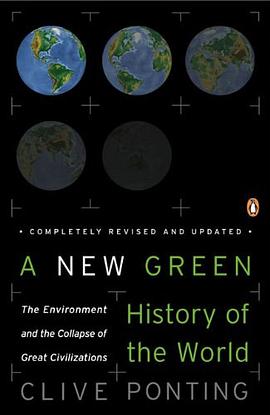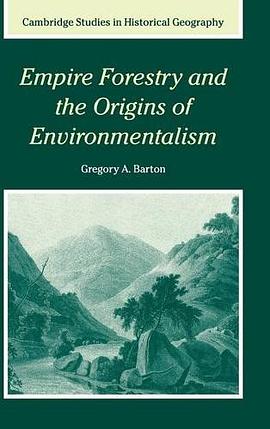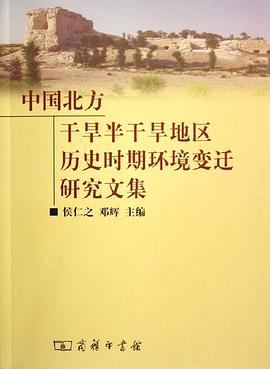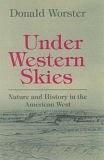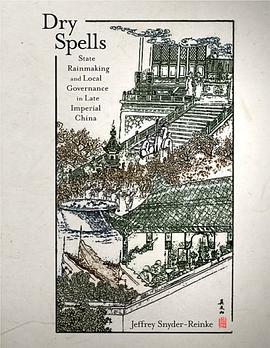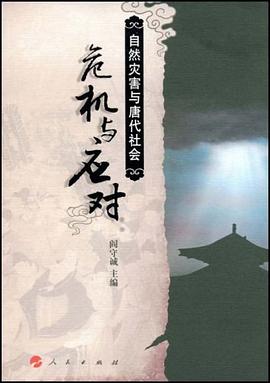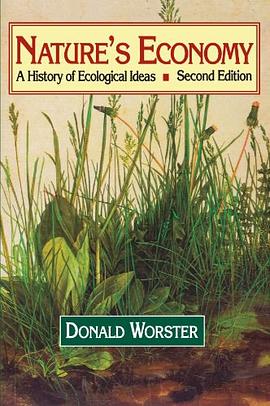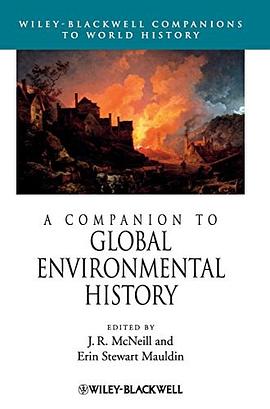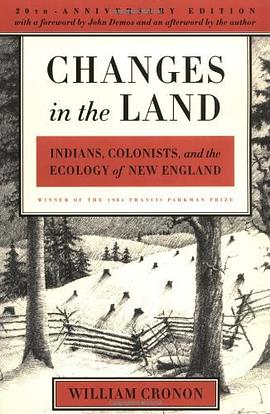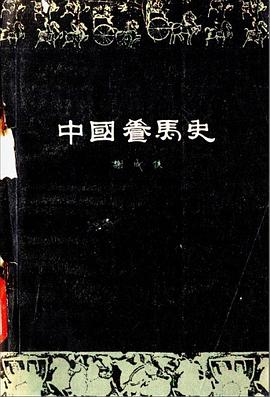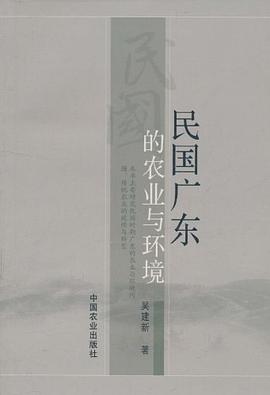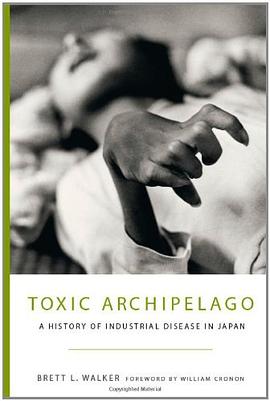

The Earth's environment is interlaced with complex, constructed ecological pathways that link industrial facilities and human consumers. Nowhere is this truer than on the Japanese archipelago. During the nineteenth century, Japan saw the rise of Homo sapiens industrialis, a new breed of human who was transformed by an engineered, industrialized, and poisonous environment. Toxins moved freely through mines, factory sites, and rice paddies and more directly into human bodies. "Toxic Archipelago" explores the relationship between the causes of colossal toxic pollution and the manner in which pain caused by pollution insults porous human bodies. Brett Walker examines startling case studies of industrial toxins that know no boundaries: a killer pollution from insecticide saturations; poisonings from copper, zinc, and lead mining; congenital deformities from methyl mercury factory effluents; and lung diseases from sulfur dioxide and asbestos. This powerful and thoughtful book demonstrates a deep understanding of how the Japanese archipelago has become industrialized over the last two hundred years and the human and environmental consequences of that transformation. Brett L. Walker is Regents' Professor and department chair of history and philosophy at Montana State University, Bozeman. He is author of "The Conquest of Ainu Lands: Ecology and Culture in Japanese Expansion, 1590-1800" and "The Lost Wolves of Japan".
具体描述
读后感
很久没看到存在这么多翻译讹误的书了。原本只是边看边随手摘录一些译文小疵,但看到后来,我的阅读重心竟变成去留意还有哪些错。我手头并无该书的英文原著,但很多错误实在太明显,哪怕仅是把中文译本通读一遍也不难发现。 的确,翻译学术书籍不易,我自己去年在与同仁一起译...
评分很久没看到存在这么多翻译讹误的书了。原本只是边看边随手摘录一些译文小疵,但看到后来,我的阅读重心竟变成去留意还有哪些错。我手头并无该书的英文原著,但很多错误实在太明显,哪怕仅是把中文译本通读一遍也不难发现。 的确,翻译学术书籍不易,我自己去年在与同仁一起译...
评分Conclusion of Toxic Archipelago 1. Summary of the Content Case Studies Ch. 1: Insects and disasters Ch. 2: The use of insecticides and ecosystem accident Ch. 6: Catastrophes of Hōjō Collieries Ch. 5: Minamata Disease (Mercury) Ch. 3: Ashio Copper Mine (He...
评分Conclusion of Toxic Archipelago 1. Summary of the Content Case Studies Ch. 1: Insects and disasters Ch. 2: The use of insecticides and ecosystem accident Ch. 6: Catastrophes of Hōjō Collieries Ch. 5: Minamata Disease (Mercury) Ch. 3: Ashio Copper Mine (He...
评分很久没看到存在这么多翻译讹误的书了。原本只是边看边随手摘录一些译文小疵,但看到后来,我的阅读重心竟变成去留意还有哪些错。我手头并无该书的英文原著,但很多错误实在太明显,哪怕仅是把中文译本通读一遍也不难发现。 的确,翻译学术书籍不易,我自己去年在与同仁一起译...
用户评价
这种几乎纯粹declensionist的叙事基本没有critical power
评分waiting for its counterparts in Chinese history
评分Some criticism: 1. lack of political ecological literature (by Darin Magee) 2. failure in defining "industrial disease" (by Paul Jobin) 3. the cultural dimensions Walker mentions are not so convincing... for example, to connect the Confusion concept of family with the situation under Houjou mine is doubtful...
评分waiting for its counterparts in Chinese history
评分waiting for its counterparts in Chinese history
相关图书
本站所有内容均为互联网搜索引擎提供的公开搜索信息,本站不存储任何数据与内容,任何内容与数据均与本站无关,如有需要请联系相关搜索引擎包括但不限于百度,google,bing,sogou 等
© 2025 book.wenda123.org All Rights Reserved. 图书目录大全 版权所有


